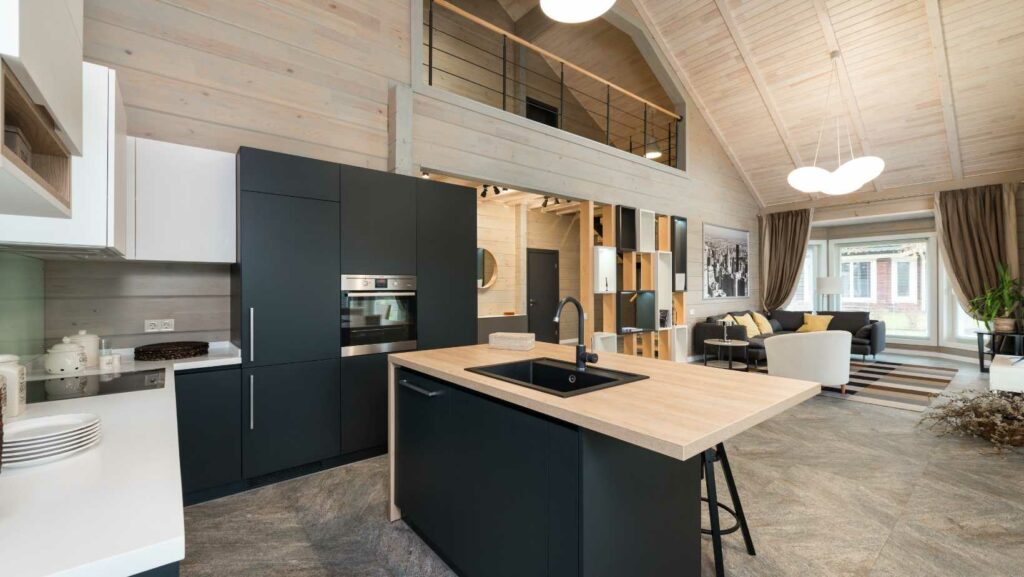Overhead lighting can be harsh, unattractive, and cast unflattering shadows. It can also be expensive to install and difficult to maintain. Let’s take a closer look at the disadvantages of overhead lighting.
It casts shadows
Shadows are one of the main disadvantages of having overhead lighting in your living room. They can make the room look smaller and more cramped than it actually is. Shadows can also be a problem when you’re trying to watch television or work on a project. The light from the overhead fixture can create a glare on the screen that makes it difficult to see.
It can be harsh and glaring
As anyone who’s ever been in a room with overhead lighting can attest, it can be harsh and glaring. This is especially true if the light source is not diffused properly. Overhead lighting can also cause shadows, which can be a problem if you are trying to read or do other tasks that require good lighting.

It can be energy-inefficient
While overhead lighting is undeniably practical, it does have its disadvantages. One of the biggest is that it can be energy-inefficient. Incandescent bulbs in particular are quite inefficient, as only about 10% of the electricity they use gets turned into light; the rest is wasted as heat.
How to light a living room with no overhead lighting
Overhead lighting can be a bit harsh and not very inviting. If you have a living room that doesn’t have any overhead lighting, you may be wondering how to best light it. There are a few different ways you can do this. Let’s take a look at a few of them.
Use lamps
There are many ways to light a living room without overhead lighting, and lamps are one of the most popular options. Lamps come in a wide range of styles, so you can easily find one that fits your decor. Plus, they provide a warm, inviting glow that overhead lights can lack.
If you want to use lamps to light your living room, there are a few things to keep in mind. First, make sure you have enough lamps to provide adequate light. Second, consider using a mix of different lamp styles for interest and variety. And finally, be sure to place your lamps in strategic locations around the room so they provide the most light possible.

Use sconces
If your living room doesn’t have overhead lighting, you can use sconces to provide ambient lighting. Sconces are wall-mounted fixtures that can be used to provide both general and task lighting. Place sconces on either side of a fireplace or on a wall near a reading chair to provide light for reading or other activities. You can also use sconces to accent artwork or other features in your living room.
Use track lighting
If your living room has no overhead lighting, you can use track lighting to provide illumination. Track lighting consists of a series of light fixtures that are mounted on a track. The track can be mounted on the ceiling or on the wall.
Track lighting is a great way to provide targeted illumination in a living room. You can use it to highlight artwork, illuminate a reading area, or provide general light in the room. Track lighting is also relatively easy to install, so it is a good option if you are not an experienced do-it-yourselfer.